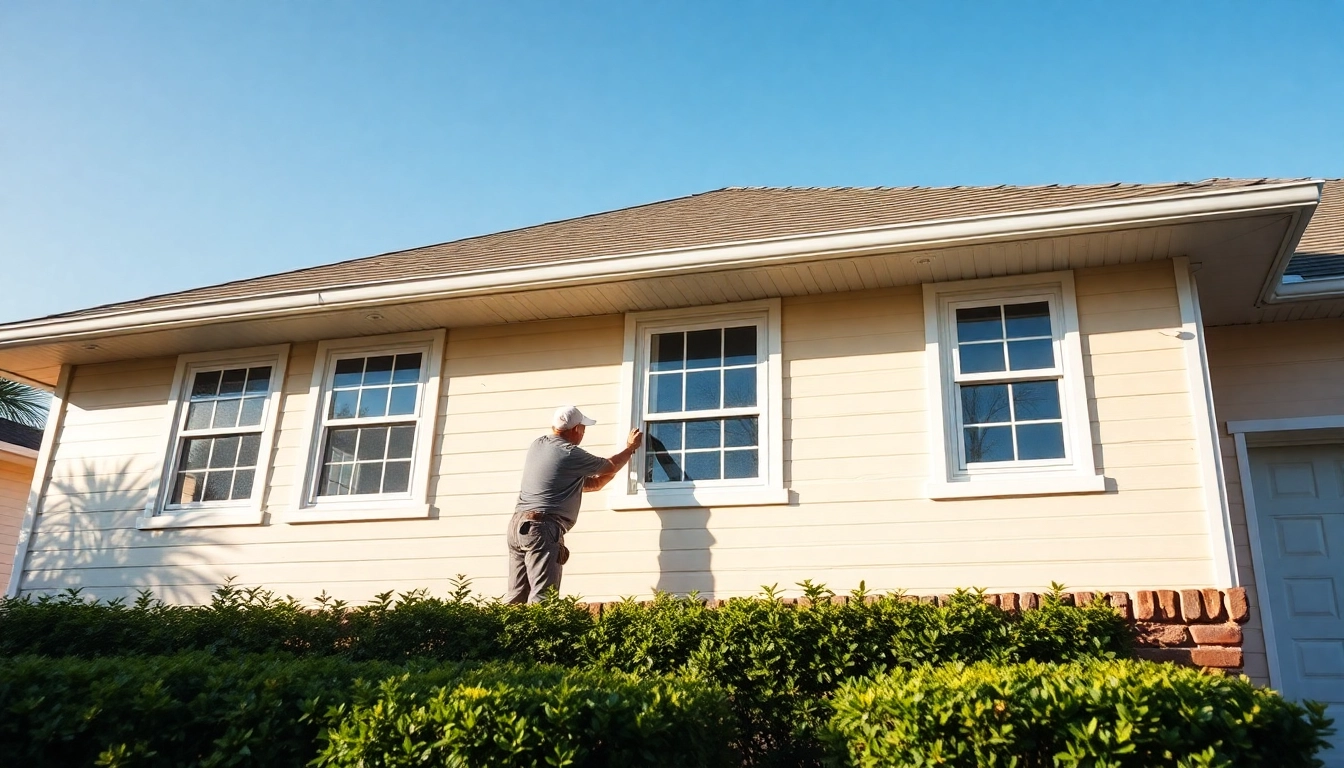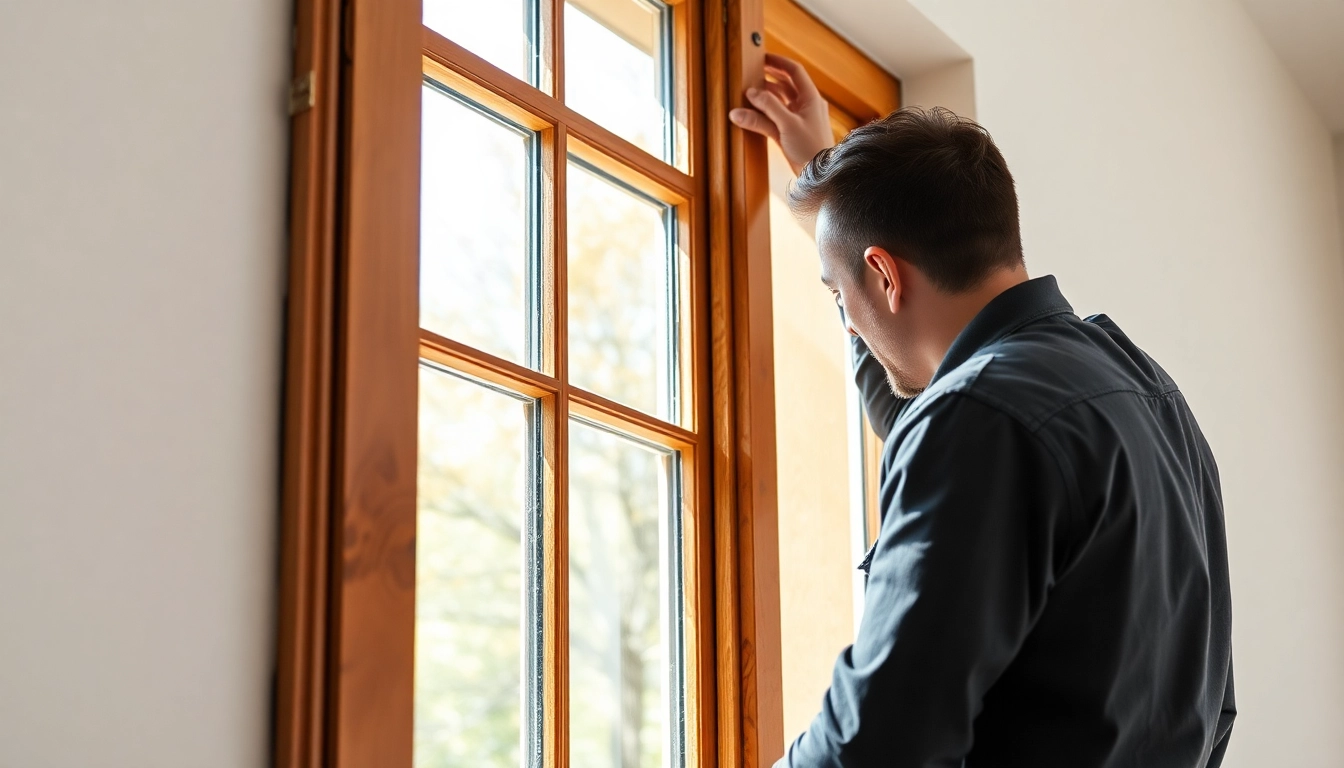Creating Inviting and Stylish Welcome Signs for Your Front Porch: An Ultimate Guide
First impressions matter, especially when it comes to your home’s curb appeal. A well-designed welcome signs serve as the perfect greeting for guests, setting a warm and inviting tone for your home. Whether you’re aiming for rustic charm, modern elegance, or personalized flair, the right welcome sign can significantly enhance your front porch decor. This comprehensive guide explores all aspects of choosing, designing, installing, and maintaining the perfect welcome sign, ensuring your entryway stands out and reflects your style.
Understanding the Popular Types of Welcome Signs
When it comes to welcome signs, variety is abundant. The best choice depends on your personal style, home architecture, climate, and the message you want to convey. Below, we explore the most prevalent types of welcome signs, highlighting their features, benefits, and ideal settings.
Wooden and Rustic Welcome Signs
Wooden welcome signs have long been a favorite for their natural, warm appeal. Rustic designs often feature distressed finishes, barnwood textures, or hand-painted lettering, making them ideal for farmhouse, country, or vintage-inspired homes. These signs are typically handcrafted, adding authenticity and uniqueness to your porch. For outdoor durability, consider selecting solid wood types like cedar or teak, which resist weathering. They can be customized with seasonal themes, family names, or heartfelt messages. An excellent example includes a weathered wooden plank with white hand-painted lettering that says “Welcome,” accented by floral or greenery embellishments.
Metal and Modern Welcome Signs
In contrast, metal welcome signs offer sleekness and durability. Made from materials such as wrought iron, aluminum, or steel, these signs often feature minimalist designs, cut-out lettering, or abstract motifs. Their weather-resistant properties make them suitable for outdoor use, surviving harsh elements with minimal maintenance. Modern welcome signs are perfect for contemporary homes, offering clean lines and bold typography. An example might be a brushed aluminum sign with laser-cut lettering, illuminated subtly by pathway lighting for maximum effect at night.
Personalized and Custom Messages
Personalized welcome signs elevate the entryway by adding a unique touch. These can include family names, initials, special dates, or custom messages tailored to specific occasions like weddings or holidays. Personalization options include wood, metal, acrylic, or even chalkboard surfaces for changing messages. Examples include a wooden sign engraved with “The Johnsons Welcome You” or a chalkboard sign with seasonal greetings. Custom signs are especially popular for weddings, anniversaries, or milestone celebrations, offering a memorable first impression.
Design Tips for Eye-Catching Welcome Signs
Creating a visually appealing welcome sign requires more than just choosing a style; it involves thoughtful selection of colors, fonts, and decorative elements to ensure visibility and aesthetic harmony. Here are key design considerations:
Choosing Colors and Fonts
Color choices should complement your overall exterior palette. For example, neutral tones like whites, blacks, or naturals fit well with rustic or farmhouse themes, while vibrant hues like reds, blues, or yellows add cheerful energy. Use high-contrast combinations, such as black text on a white background, for readability from a distance. Fonts should be clear and legible; script fonts offer elegance but may reduce readability at a distance, so reserve them for smaller text or decorative accents. Sans-serif fonts are modern and highly readable, making them a popular choice for contemporary designs.
Adding Seasonal and Personal Touches
Seasonal decorations like wreaths, lanterns, or potted plants add charm to your welcome sign and create a dynamic exterior that changes throughout the year. Personal touches could include family initials, favorite quotes, or cultural symbols. For instance, a sign adorned with pumpkins and fall foliage signals autumn festivities, while floral arrangements or strings of lights enhance the welcoming ambiance during holidays.
Balancing Size and Placement for Maximum Impact
Size and positioning determine how effectively your welcome sign captures attention. A sign that’s too small may go unnoticed, while an oversized sign can overpower other decor elements. Generally, a sign measuring 12-24 inches in width works well for most doorways and porches. Mount it at eye level or slightly above to ensure visibility. Placement should consider sightlines from approaching pathways and avoid obstructions like overgrown bushes or furniture. Proper lighting, such as spotlights or uplights, also enhances visibility and aesthetic appeal during evening hours.
Materials and Durability for Outdoor Use
The longevity of your welcome sign hinges on selecting suitable materials that withstand outdoor conditions. Durability is especially critical in regions prone to rain, snow, or intense sunlight.
Wood Types and Finishes
Hardwoods like cedar, redwood, and teak are naturally resistant to rot and insect damage, making them ideal choices for outdoor signs. To extend their lifespan, apply sealants, stains, or paints designed for exterior use. Weatherproof finishes such as marine varnish can provide an additional protective layer against moisture. Regular maintenance—cleaning, re-sealing, or repainting—helps prevent deterioration over time.
Metal Options and Weather Resistance
Aluminum and powder-coated steel are popular for metal welcome signs due to their corrosion resistance. Aluminum is lightweight, easy to customize, and resists rust, while powder coating adds an extra layer of protection and color stability. Wrought iron offers a traditional look but requires periodic treatment to prevent rust, especially in humid or rainy climates. Incorporate weatherproof coatings or sealants for added longevity.
Maintenance Tips for Longevity
Routine maintenance extends the life of outdoor welcome signs. Clean the sign regularly with mild soap and water to remove dirt and debris. Inspect for signs of damage, rust, or fading, and address promptly by repainting or resealing. For wooden signs, reapply protective finishes annually or as needed. Ensure mounting hardware is secure and consider installing signs in sheltered locations or using protective covers during extreme weather events.
Installing and Maintaining Your Welcome Sign
An effective installation not only enhances aesthetic appeal but also ensures safety and durability. Proper installation techniques and periodic updates keep your welcome sign looking fresh and functioning well.
Proper Hanging Techniques
For wall-mounted signs, use appropriate hardware like heavy-duty hooks, brackets, or anchors compatible with your material and wall type. Pre-drill holes to prevent splitting in wood or cracking in other materials. Ensure the sign is level and securely fastened to withstand wind or accidental bumps. If freestanding, select stable bases or stakes that prevent tipping, especially in high-traffic areas.
Seasonal Changes and Updates
Adjusting your welcome sign for different seasons or holidays adds a personal touch and keeps your porch engaging. Use removable elements like adhesive decals, temporary overlays, or replaceable banners. For example, switch from a “Welcome” message in summer to “Happy Holidays” during winter, or add seasonal symbols like pumpkins, snowflakes, or greenery.
Cleaning and Care Tips
Maintenance is straightforward: regularly wipe down your sign with a damp cloth to remove dust and dirt. For wooden signs, reapply protective finishes annually or if fading occurs. Metal signs benefit from rust checks and touch-ups. Protect your investment by avoiding harsh chemicals that could damage finishes or paint, and store the sign indoors during harsh weather or winter months if possible.
Boosting Curb Appeal with Creative Front Porch Decor
A welcome sign should be part of a cohesive porch aesthetic. Thoughtful decoration enhances the overall visual impact, making your entry inviting and reflective of your personality.
Complementary Decor Ideas
Pair your welcome sign with decorative elements like planters, outdoor rugs, lanterns, or wall art. Choose colors and styles that harmonize with your sign; for instance, rustic wood signs look great with galvanized metal buckets and greenery. Incorporate seasonal accents such as fall wreaths, string lights, or festive banners to keep your porch lively year-round.
Lighting and Accessibility
Proper lighting accentuates your welcome sign and enhances safety. Use spotlights, pathway lights, or lanterns strategically placed to illuminate the sign and walkway. Ensure the pathway is accessible, well-lit, and free of obstructions, allowing all visitors to reach your door comfortably. Adding motion-sensor lights can also improve security and convenience.
Enhancing Style with Complementary Plants and Accessories
Plants soften the entryway’s look and add a welcoming vibe. Consider symmetrical planters with seasonal blooms or evergreens for year-round greenery. Accessories like welcome mats, animal statues, or decorative signs can also reinforce your theme. A tip from experts is to choose elements that are low-maintenance but high-impact, ensuring your porch remains attractive with minimal effort.



